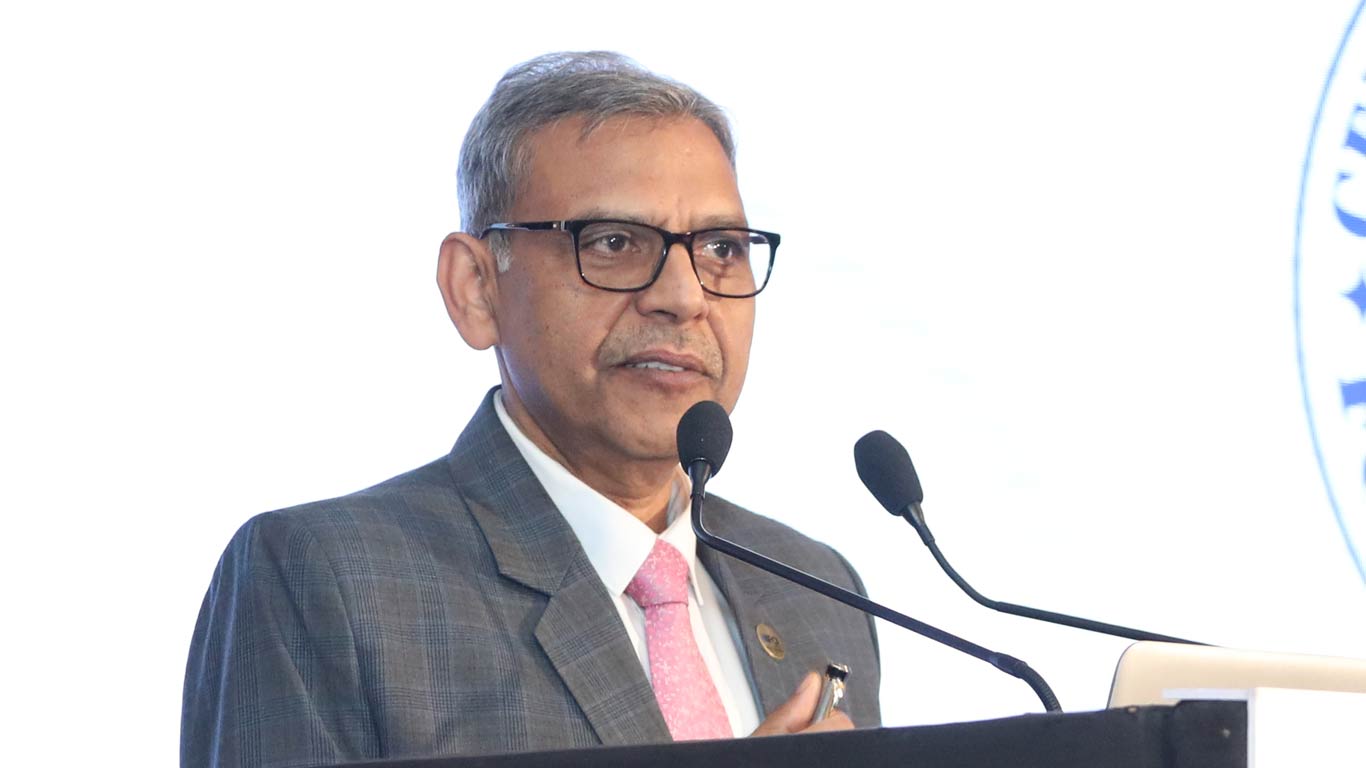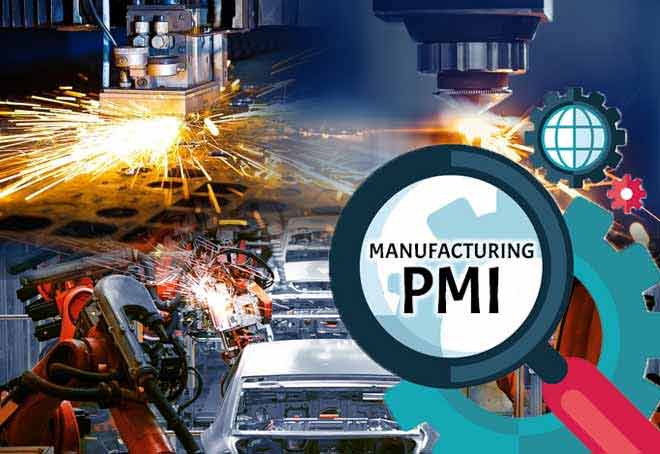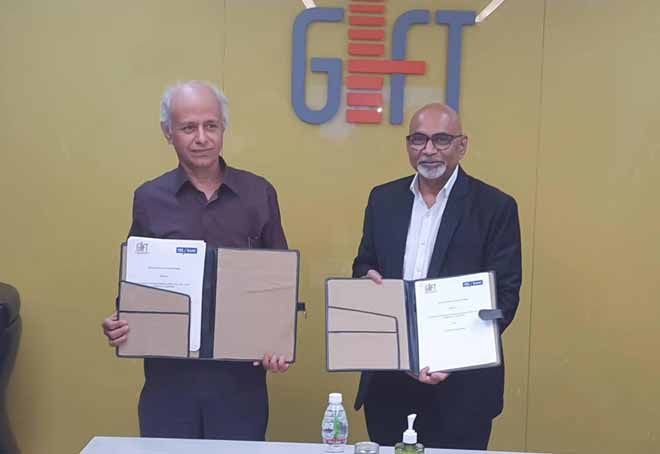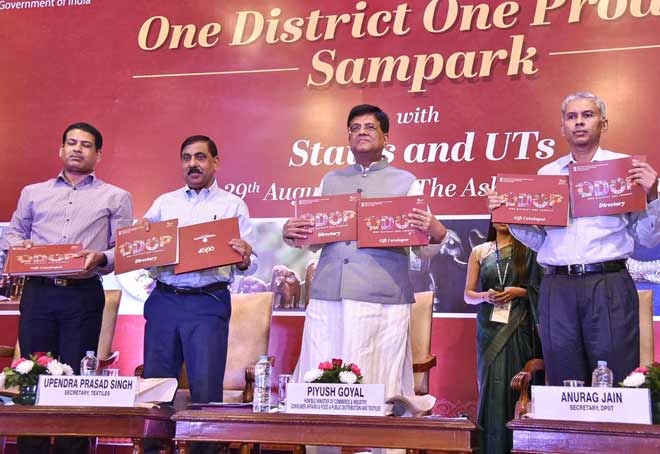SMEs to get special treatment in AP-IT investment region
Updated: Dec 23, 2013 05:55:58pm

Despite the difficult economic conditions, the most obvious growth opportunities are in the public sector and among SMEs, said Government of Andhra Pradesh in its detailed project reports (DPR) submitted to the Centre in October on the IT investment Regions (ITIRs) development authority with Andhra Pradesh Industrial Infrastructure Corporation (APIIC) and other stakeholders.
“The ITIR is expected to develop into a key industrial region IT, ITES and Electronic Hardware manufacturing sectors. Special consideration will be given to accommodate Small and Medium Enterprises (SMEs) in the proposed ITIR,” said in a release.
It is expected to attract investments to the tune of Rs 2 lakh crore, generate revenues of Rs 3.11 lakh crore, besides creating direct employment to 1.5 million people over the next 25 years.
“It is estimated that the Indian domestic manufacturing companies can expand the production to USD 100 billion by 2014 and USD 400 billion by 2020 with a very significant contribution to GDP, at 20 per cent for 2020, at par with other economies. The electronic hardware industry aspires to seize 20 per cent of the manufacturing opportunities Indian domestic sector provides,” said the report.
Annual exports from the proposed ITIR are estimated to be about Rs 209,221 crore and Rs 14,401 crore from IT and Electronic Hardware Manufacturing(EHM) respectively, in the year 2035.
“Despite the difficult economic conditions, the local market is likely to sustain vendor investment, with the SMEs becoming more sophisticated in their demand for customized software and applications to increase business flexibility,” it said.
The report further said that, in the broad domestic software market, telecom, government, manufacturing and retail are key verticals driving demand, with enterprises focusing on improvement of customer-service experience, efficiency and decision support.
It also focused on some of the key challenges by the IT industry in India – maintaining confidentiality of sensitive client data such as bank, health and other private details; maintaining competitive edge over low cost destinations such as the Philippines, Malaysia, China, Russia; matching the supply of trained manpower to meet the spiralling demand; diversification to new areas of business; infrastructure bottlenecks in areas such as seamless internet connectivity, uninterrupted power and water supply, transport connectivity; and tax holiday withdrawals.
“Even as global enterprises increasingly look to broaden the base in their choice of countries from a risk mitigation perspective, the size, quality and scale of the Indian labour pool continues to differentiate it from all other countries,” it states.
The major cities in India which house IT & ITeS are Bangalore, Chennai, Hyderabad, Mumbai, Pune, Delhi and Kolkata.
However, leading companies are now diversifying and moving delivery centre locations beyond Tier 1 cities to Tier 2 and 3 cities, to achieve better cost competitiveness and less employee turnover.
Some of the key factors for the concentration and growth of IT/ITeS industry in these cities are- established connectivity to international and other domestic cities; well-established physical and social infrastructure - power, water, telecom etc; well defined real estate laws, regulations on ownership and transfer of property.
Through the ICT Policy, Andhra Pradesh aims to attain leadership in the information economy by developing local enterprise and attracting best-in-class ICT companies and institutions, focussing on development of human resources and infrastructure.
Under the ICT policy some key areas like start-ups and SMEs, IT SEZs have been identified as being critical for providing the right ambience for attracting investments into the State and have been provided incentives.
Both, the ICT Policy 2010-2015 and Electronic Hardware manufacturing Policy 2012-2016 of AP Government provides requisite impetus to the MSMEs in IT, ITES and EHM verticals to setup, grow and provides level playing field to sustain their operations, on par with their medium and major counterparts in the AP ITIR area.
The growth of the IT sector had fuelled the growth of other sectors as well and has much wider impact on the economy. According to a NASSCOM report, “…every Re 1 spent by the IT/ITES sector (on domestically sourced goods and services) translates into a total output of about Rs 2 in the economy…”
The ITIR policy of the Centre visualizes that the State Government would play the lead role in setting up of the ITIRs. The infrastructure would be created/upgraded through Public-Private Partnerships to the extent possible.
As per the policy, Central Government will provide the necessary viability gap funding for external physical infrastructure through existing schemes. The Department of Electronics and Information Technology (DeitY) is the nodal Department of the Government of India to process proposals relating to setting up of ITIRs. (KNN/SD)











